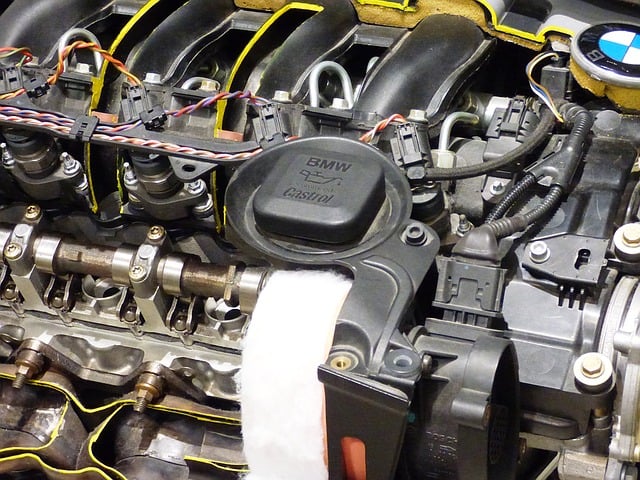
Many people go through their entire lives driving cars without ever understanding the mechanics of how vehicles operate. There are many benefits to having this knowledge. Driver’s education courses are great for teaching people the rules of the road, but many don’t even cover basic mechanics.
Most cars on the roads today have internal combustion engines. This is a type of piston engine that uses pistons to convert pressure into motion. Although it may seem complicated, the easiest way to understand your engine is to learn the different parts and what they do during these cycles.
Benefits of Understanding Your Engine
There are many reasons to have a fundamental understanding of how your car’s engine works. For one, it will give you an advantage when you're buying a vehicle because you'll be able to compare different cars based on what's under the hood. When you own your own vehicle, knowing your way around the engine will make it easier to maintain the car and troubleshoot mechanical problems.
Similarly, if you ever need to take your car in for repairs, being familiar with the engine will help you understand what work needs to be done and why. You may also be able to determine if some suggested repairs aren’t really necessary.
Main Components of an Internal Combustion Engine
At the heart of a vehicle’s engine are the cylinders. The majority of cars have four, six, or eight of them. Inside each cylinder is a piston that slides up and down, and as it does so, it turns a crankshaft that’s attached to a gearbox, which in turn powers the car’s wheels. The cylinders are also equipped with valves that let in air and fuel, and allow exhaust to escape. The fuel inside the engine is ignited with spark plugs, and this combustion powers the motion of the pistons.
The Four-Stroke Cycle
The internal combustion engines that power many of today’s cars and trucks typically run on a four-stroke cycle, and those four stages are intake, compression, combustion, and exhaust. Since vehicles generally have at least four cylinders that fire in succession, the cylinders are always going through different stages of the cycle, meaning there's always a piston moving to power the crankshaft.
- Intake cycle: During the intake cycle, a cylinder’s intake valve opens as the piston moves down the cylinder, and the vacuum created by the piston’s downward motions sucks air and fuel into the cylinder’s combustion chamber.
- Compression cycle: Once the piston reaches the bottom of the cylinder, the intake valve closes and compresses the air and fuel inside the combustion chamber.
- Combustion cycle: Pistons are always moving up and down, as a piston moves upward, it compresses the air and fuel in the combustion chamber. Once this happens, the spark plug is used to ignite the fuel and air, and the resulting explosion pushes the piston back down.
- Exhaust cycle: During the final stage of the cycle, the exhaust valve opens when the piston reaches the bottom of the cylinder, and the leftover fuel and air from the combustion chamber are released.
Knowing the basics of how a vehicle’s engine works is beneficial when you're buying and maintaining a car, and it can even help you diagnose problems when something goes wrong. Learning about your car’s engine is just one component of comprehensive driver training, but there are many times when this knowledge might get you out of a jam.
To learn more about your car and to gain driving skills that will keep you and others safe on the road, sign up for classes at Western Slope Driving School in Littleton. We are the area’s best driving institute for both new and seasoned drivers.


